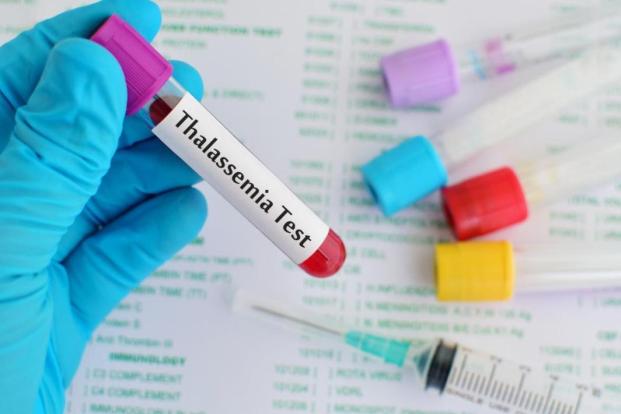Categories
- Bariatric Surgery (11)
- Black Fungus (5)
- Bone Marrow transplant (3)
- Brain Tumor Surgery Navigation Technology (20)
- Cardiac Surgery (66)
- Cardiology (97)
- Computer navigation technology for joint replacements (20)
- Covid Vaccination (17)
- Critical Care (2)
- Dental (19)
- Dermatology (31)
- Dialysis Support Group - “UTSAAH” (11)
- Dietitian (33)
- Emergency Medicine (4)
- Emotional Health (11)
- Endocrinology (33)
- ENT (20)
- Gastroenterology and GI Surgery (53)
- General and Laparoscopic Surgery (21)
- General Surgery (4)
- Gynecology & Obstetrics (183)
- Hematology (20)
- Internal Medicine (294)
- Kidney Transplant (50)
- Kidney Transplantation (20)
- Lung Cancer (8)
- Minimal Invasive Surgery (1)
- Mother & Child (20)
- mucormycosis (5)
- Nephrology (61)
- Neurology (147)
- Neurosurgery (68)
- Nutrition and Dietetics (107)
- Omicron Variant (1)
- Oncology (288)
- Ophthalmology (10)
- Orthopaedics & Joint Replacement (86)
- Paediatrics (59)
- Pediatric Nephrology (3)
- Physiotherapy (5)
- Plastic & Reconstructive Surgery (6)
- Psychiatry and Psychology (90)
- Psychologist (28)
- Pulmonology (72)
- Rheumatology (13)
- Spine Services (21)
- Transradial Angioplasty (16)
- Urology (84)
Query Form
Posted on Apr 19, 2022
How is Thalassemia diagnosed?
There are two types of Thalassemia :-
1). Alpha Thalassemia.
2). Beta Thalassemia.
Alpha Thalassemia is the important and major and very serious disease in which severe anemia initiates even before birth. Pregnant women carrying affected fetuses are themselves at highly risk for serious pregnancy and delivery complications.

Beta Thalassemia disease is a major serious illness. Symptoms present in the first two years of life and included paleness of the skin, poor appetite, irritability, and failure to grow. Proper diagnosis includes routine blood transfusions and other therapies.
Patients with thalassemia intermedia may, have exaggerated anemia due to temporary nutritional deficiencies & infectious complications. It is important to complete a concerning factors that may temporarily lower hemoglobin which includes viral illness, marrow-suppressing medication, or exposure to environmental factors such as lead. Nutritional deficiencies in folic acid or iron may exaggerate anemia.
It is major to confirm the patient’s diagnosis, in addition to complete blood count hemoglobin electrophoresis is the first diagnostic test. Fractions of hemoglobin like
A, A2, F, H, E, and other variants are measured. Mutations may overlap on the screening test resulting in incorrect diagnosis or negative. Therefore, genetic analysis for both beta -thalassemia and alpha-thalassemia mutations are necessary. In addition to parents and siblings should be screened. Occasionally up to 20 percent of the time, only a single mutation will be found that is indicative of thalassemia trait. Few such cases results from an autosomal dominant form of thalassemia and others from inheriting a mutation that is not detected by the probes utilized in the DNA testing. Alpha-gene triplication is a common co-factor that may convert a thalassemia trait to a disease or worsen a benign mutation.



